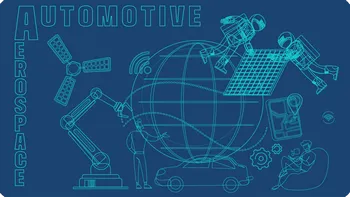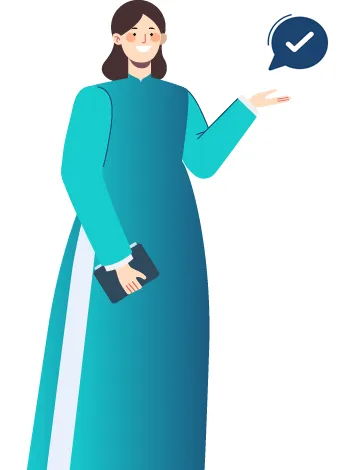Translators must be well-versed in the controlled language used for Automotive and Aerospace content.
A controlled language is a restricted version of a language used for writing technical documentation. It has restricted vocabulary and grammar to prevent ambiguity. The vocabulary size and word meanings are limited to avoid lexical ambiguities, while the grammar rules aim to maintain a clear style.
The standard controlled language used for the automotive and aerospace industries is the ASD-STE100. ASD-STE100, also known as Simplified Technical English (STE), was developed in the late 1970s by the Association of European Airlines, the European Association of Aerospace Industries, and the Aerospace Industries Association of America.
Some of the ASD rules include:
• Use short sentences (a maximum of 20 words for procedures, 25 words for descriptions)
• Avoid passive voice
• Be specific
• Use “that” after subordinate clauses with verbs like “make sure” and “show” (e.g., “Make sure that the valve is open” instead of “Make sure the valve is open”)
• Introduce list items with a dash (hyphen).
• Limit noun clusters to three or fewer (e.g., write “Calibration of the resistance on a runway light connection” instead of “Runway light connection resistance calibration”)
Controlled languages exist for various languages, for example, ScaniaSwedish for truck maintenance, or MULTILINT which is a project sponsored by BMW to develop a system of controlled German.
It is important that Automotive and Aerospace translators are well-versed in these controlled languages, especially when working on highly technical content such as technical manuals, product specifications, or safety guidelines, to deliver consistent, high-quality translations that meet industry standards.







